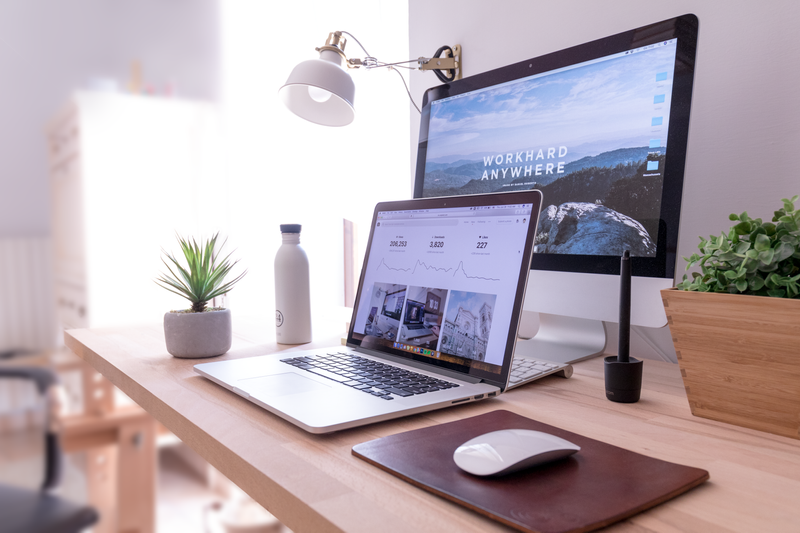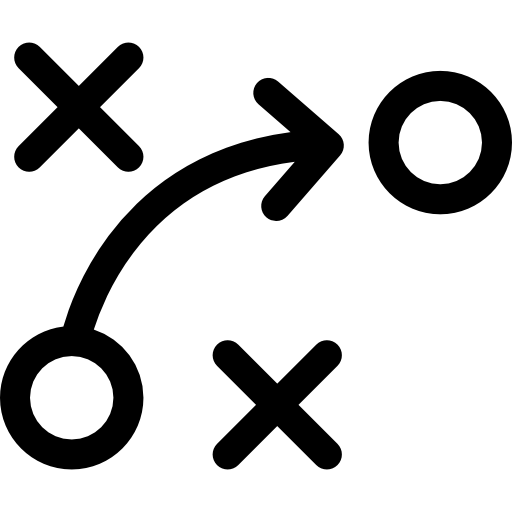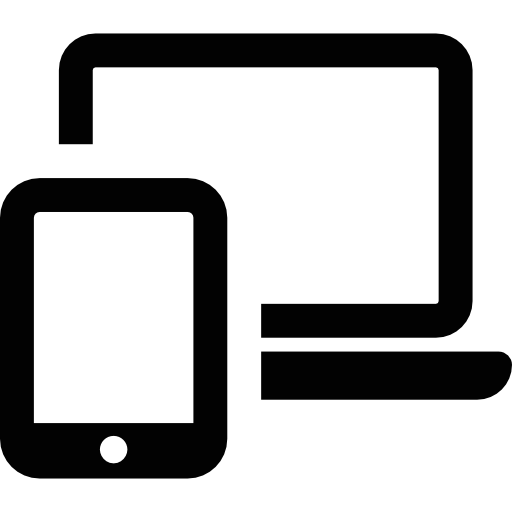
This logo isn't an ad or affiliate link. It's an organization that shares in our mission, and empowered the authors to share their insights in Byte form.
Rumie vets Bytes for compliance with our
Standards.
The organization is responsible for the completeness and reliability of the content.
Learn more
about how Rumie works with partners.
Have you ever considered how your notetaking affects how well you do in school or work?
Taking good notes isn't enough to do well if your strategy starts and ends in the classroom, the meeting room, or the boardroom.
The best note-taking strategies include pre- and post-note-taking work.
These strategies address:
The method you use to take notes
How you structure and organize your notes
How you build out and connect ideas
How you use your notes for assignments, research, review, and study
Why Having a Note-taking Strategy Is Important
There's no reason to take notes if you never need to access that information again. But that's rarely the case.
In college we have exams. At work, we often need to document everything.
At a minimum, you'll want to access what you learned for assessments, projects, or job tasks, or what important decisions were made on a project at work.
How to Take Your Notes
A Hybrid of Both
Pros
The best of both methods
Cons
More time in transcribing notes from handwritten to digital (which could be considered a review method, and therefore a pro)
Quiz
Most of Shay's courses are lectures and she's heard one of her professors talks really fast. What note-taking method should Shay consider? Select all that apply:
Digital or hybrid are good options to allow Shay to quickly take notes during her classes. While a laptop would be a great primary notetaking method, using a notebook as a backup or to draw diagrams and write formulas could be used as needed. As a bonus, Shay doesn't need to worry about her notes being legible after a long day.
How to Organize Your Notes
Whether you choose to handwrite or type your notes, consider these six methods for structuring and organizing your materials.

Cornell Method
The Cornell method uses a three-section layout for notes, questions (cues), and a summary.
This method builds in review as the questions (cues) and summary section are completed after a lecture.
Pros:
Familiar and well-documented method
Cons:
Takes some practice to get used to it

Outline Method
The Outline method uses an outline structure with main concepts and subtopics and supporting information indented.
Pros:
Familiar and well-documented
Quick and easy
Cons:
Difficult to add additional notes to it (when handwritten)

Mapping Method
The Mapping method is a visual method like mind mapping. You add main concepts, subtopics, and supporting information, then link the ideas together.
Pros:
Great for creating visual links between topic ideas
Cons:
Not as suitable for notes with formulas and equations

Charting Method
The Charting method is best used for comparisons between ideas or concepts. You create a chart where the columns represent the items being compared, and the rows have the criteria.
Pros:
Great for comparisons of information or when information has similar data types (e.g. dates of events)
Cons:
Not suitable for regular notetaking

Zettelkasten Method
The Zettelkasten method is not only for note-taking but also for knowledge management. It's also known as a networked thinking approach to notetaking. This means it's designed not only to add notes, but to retrieve them for a purpose, and over a long period of time.
Pros:
Can quickly add connections between notes (when done digitally)
Cons:
Can't be done easily when handwritten

Sentence Method
The Sentence method is an easy and familiar method. It uses line gaps between sentences to keep information separate and to use during review.
Pros:
Quick and easy
doesn't require page setup beforehand
Cons:
Difficult to add information afterwards (when handwritten)
Did you know?
Any handwritten note method can be done digitally, but not all digital note methods can be done easily by hand. Also, you can mix and match any method to create a personalized strategy.
How to Use Your Preferred Tools & Materials
 Photo by Fiona Murray on Unsplash
Photo by Fiona Murray on UnsplashHandwritten Notes
Paper — ruled, dot grid, graph, or blank
Organization — notebook, binder and loose-leaf paper, sketchbook, or similar
Main notes — pens and/or pencils
For color — pens, pencils, or highlighters
Structure or templates — ruler
Other tools — sticky notes, tabs, dividers, or other items to keep notes searchable and organized
 Photo by Domenico Loia on Unsplash
Photo by Domenico Loia on UnsplashDigital Notes
Did you know?
Author's note: I've tried many strategies and no strategy, but currently use Logseq, a free open-source software, that allows for a networked thinking notetaking approach. In this way, I'm building my own wiki-style knowledge base I can reference anytime in the future.
How to Use Your Notes

During
Quickly take notes using shorthand, abbreviations, symbols, or other methods
Take notes directly on printed slides, or next to linked slides to provide context for your notes
Mark where you are confused and have questions so you can review later
Focus on the main concepts and ideas rather than stories and side topics

After
Have a notetaking and study partner, or colleague, that you can review notes afterwards
Review all areas where you had question marks and questions about the content and do your own research to fill in these gaps, add that to your notes, or ask someone for clarification
Connect ideas to other notes you've taken
Quiz
You are preparing for your final exam. You grab your notes and sit down to study. What methods will you use with your notes? Select all that apply:
The purpose of good notes is to help you study and review later by serving as the answer sheet to check how well you remember information. Re-reading material, like your notes, doesn't help you recall the information like you need to do on an exam.
Take Action
Whatever strategy you choose, there's no one right way to take notes.

Try out your strategy:
Practice a strategy exclusively for one week
Modify it or try another strategy the next week
Continue to adjust until you find a method that works for you
Then reflect on your strategy:
This Byte has been authored by
Sara Hill
Learning Designer | Sustainability Advocate
BLA






